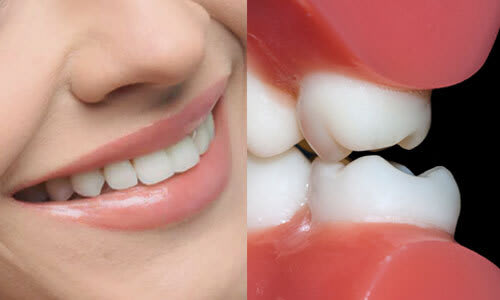Smile Designing cannot be isolated from Occlusion and a comprehensive approach to patient care is required to achieve an esthetic, functional and long-term successful result. An understanding of the interrelationship and clinical co-relation among all the supporting oral structures, including the muscles, bones, joints, gingival tissues and occlusion can help the clinician firm up upon a treatment plan which is practical for execution.
Principles that govern the art of smile designing, knowledge to bring out a functional stable smile and the skill to execute are absolute ‘ take home’ from this one -of a kind course.
23 pre-recorded video sessions comprehensively cover the following aspects:
- Principles that govern smile designing- Artistic and Scientific
- Elements of an esthetic smile-desirable characters of smile display
- Illusions for space management
- Colour and shade science to replace hydroxyapatite -biomimetics
- Significant relation between some occlusal parameters and smile design
- Comprehensive examination and analysis of the dentofacial complex
- Customised diagnostic tools and preparation guides/template
- Treatment planning -Ideal by book v/s ideal for the patient
- Treatment sequencing for effective time management
- Chairside mock up in Digital times
- Esthetics with Composites (in-depth aspects)
- Esthetics with Ceramics- Conventional-Veneers, full crowns
- Esthetics with Ceramics- Conservative- Vonlays, Thineers and table-tops
- Perio-Esthetics- Balance the pink and white, procedures a general dentists can perform
- Be your own critic- PES and WES scores
- Stable functional occlusion for anterior prosthesis
- Beyond smile design and into reorganizing occlusion
- Treating worn out teeth- When Smile Design means full mouth rehabilitation
- Restoring vertical dimension of occlusion
- Smile Rehabilitation- Smile Design when in TMJ pain
- From everyday regular to everyday exclusive- Esthetic practice maintenance tips
Bonus: Procedure videos (model/patient) included between session videos
NOTE: This is a pre-recorded course and hands-on @home is not a part of this pre-recorded course.
Course duration: 32 hrs
Content access: for 365 days from the day of enrollment
For course fees and payment options, contact us at +91 80903 80901, chat with us using this whatsapp link or write to us @ support@top-doc.com

 subscription
subscription  Language - English
Language - English  Certificate of Completion
Certificate of Completion  Duration 32hrs 25min
Duration 32hrs 25min 